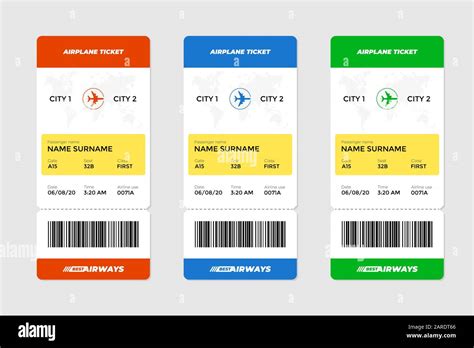Have you ever snapped a pic of your boarding pass before heading off on a dreamy vacation, eager to share your travel excitement with friends and followers online? It seems harmless, right? But did you know that seemingly innocent act could actually open the door to potential cybersecurity nightmares?
Imagine this: You’re all set for an incredible getaway, with your boarding pass in hand. Now, picture this: Scammers and cybercriminals lurking in the digital shadows, waiting to pounce on any personal information they can get their hands on. That’s where the real danger lies.
“Stop doing this with your boarding pass or you’re going to get in a lot of trouble,”
warned Eunice, a seasoned travel content creator. She’s one of many voices cautioning against the sharing of boarding pass photos online. Eunice emphasized how such photos contain sensitive details like names, email addresses, passport numbers – valuable information that can easily be exploited by malicious actors.
Diving deeper into the issue reveals just how much data is embedded in those seemingly innocuous boarding passes.
“A boarding pass typically includes the passenger’s full name, frequent traveler number, flight details (number, date, time, seat, class of service), and the booking reference or [Passenger Name Record] PNR number,”
confirmed study authors. This treasure trove of personal information becomes a goldmine for cybercriminals looking to manipulate flight reservations or even cancel them altogether using stolen PNR codes.
Let’s talk about Passenger Name Records (PNRs) – those unique alphanumeric codes that hold key traveler specifics like meal preferences and flight arrangements. While handy for keeping individual passenger records distinct from each other, these PNRs become prime targets for hackers seeking unauthorized access to personal data like passport details for potential identity theft schemes.
And what about those barcode and QR codes adorning your boarding pass? They aren’t just there for show; they are vital pieces holding crucial flight information that streamline check-ins and monitor passengers’ seating arrangements. However, when shared carelessly online through photos or social media posts, these codes turn into tools for scammers to track travelers’ movements and make fraudulent alterations to bookings undetected.
Ever noticed “SSSS” stamped ominously on some boarding passes? This security code triggers enhanced security screenings at airports – thorough checks that can cause delays but ensure safety measures are rigorously observed before takeoff. While not as appealing to fraudsters as other codes may be due to its focus on security protocols rather than data theft opportunities,
the inconvenience it poses is undeniable.
Don’t overlook sequence numbers either; they may not hold juicy details for cyber crooks but offer insights into check-in orders and possible perks during travel disruptions.
As we navigate through modern-day air travel complexities intertwined with digital vulnerabilities,
remember: safeguarding personal information starts with being mindful of what we share online.




Leave feedback about this